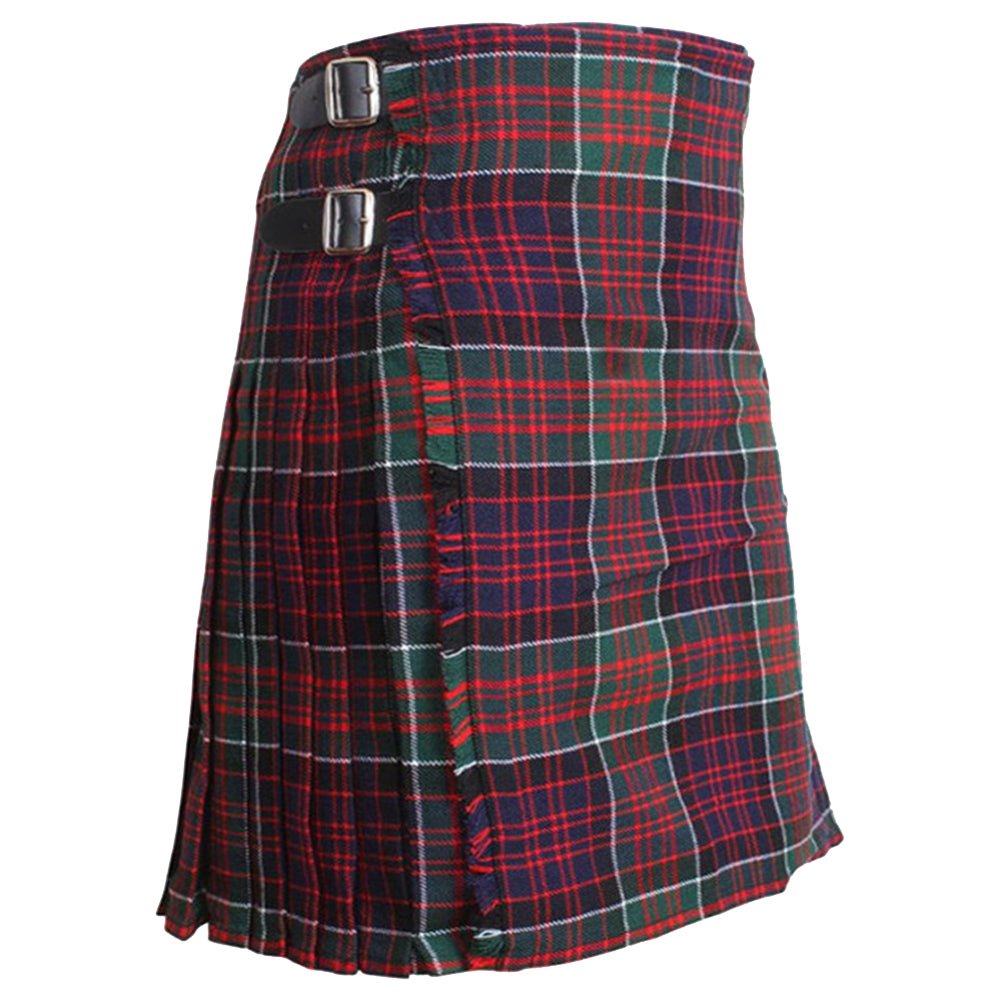



MacDonald of Clanranald Tartan Kilt Proud Scottish Tradition
The kilt itself is the tartan of MacDonald of Clanranald and boasts a legend history rich in the traditions of Scottish clans. Clan MacDonald of Clanranald is one of the branches of the MacDonald, tracing its lineage to Ranald MacDonald, son of John of Islay, Lord of the Isles. This tartan, just like many other Scottish clan tartans, bears a heavy symbolic meaning telling the story of heritage and identity.
Legend has it that tartan patterns not only signify clan affiliation, but they even served a more practical use-for example, identifying allies in the mayhem of battle. The MacDonald of Clanranald Tartan Kilt's pattern is based predominantly on green and blue with strips of red and yellow, reflecting the spectrum found in the typical Scottish landscape.
The Clan MacDonald of Clanranald was very influential in the history of Scotland, especially concerning the Jacobite risings in the 17th and 18th centuries. They were staunch supporters of the Stuarts and represented the clan at the Battle of Culloden in 1746 in support of Bonnie Prince Charlie. It is during the aftermath of Culloden that the Scottish clans themselves considered their traditional lifestyle to be unsafe.
Light of the fact, though much suffered on the adversity of the days of Culloden, members of the clan still wore the MacDonald of Clanranald Tartan Kilt symbolizing strength and cultural pride. Over the centuries it has undergone changes from being a useful material for clothes to now symbolize an identity in Scotland and today is a great pattern for kilts to be worn by Scots around the world.
Today, the MacDonald of Clanranald Tartan Kilt is an epitome of tenacity and legacy of the clan. They wear it on special occasions so that they can celebrate the Scottish culture; people would also like to link their current existence to Scotland. Such a gigantic staying power represents only originality and strength in terms of preserving the legacy of the MacDonalds of Clanranald for successive generations of people.
Choose options




